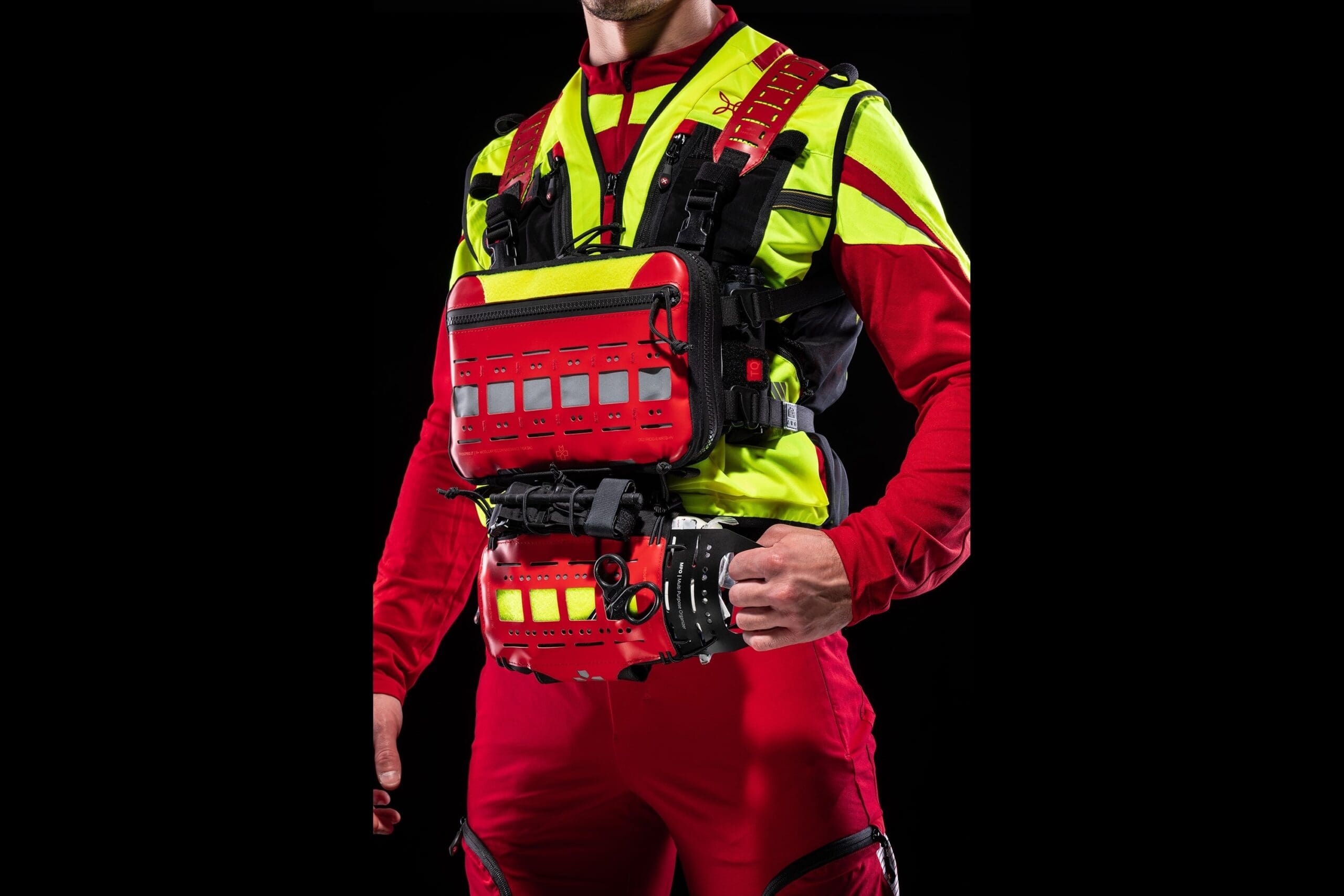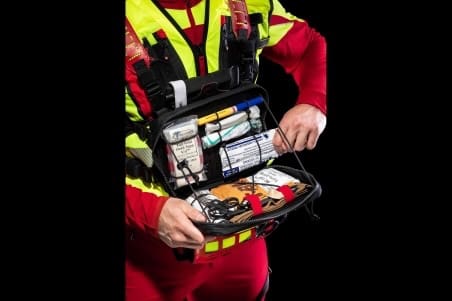WESTFIELD, Massachusetts – April 09, 2021 – Savage Arms is pleased to announce that it has signed on as a Gold Sponsor to the Canadian Rimfire Precision Series. The series includes more than twenty events annually, and Savage’s Precision Series rifles are a perfect fit for these competitions.

“The Canadian Rimfire Precision Series (CRPS) is proud to announce a sponsorship agreement with Savage Arms in support of its 2021 season,” Rick Katigbak, Founder and President of the CRPS, said. “The CRPS is a non-profit organization founded in 2018 to introduce and promote the competitive shooting sports to Canadians coast-to-coast and hosts over 100 events and over 1500 competitors annually. The partnership with Savage Arms will allow the CRPS to host more events in 2021 and provide competitors with the opportunity to see, first-hand, Savage’s line of precision rimfire rifles including the new competition-oriented B22 Precision models.”
By standardizing on the rimfire .22 long rifle cartridge for its competitions, CRPS provides fun, challenging and cost-effective events suitable for participants of all ages and experience levels.
“We’re proud to have this opportunity to work with the CRPS,” said Beth Shimanski, Director of Marketing at Savage Arms. “Our MARK II and Precision Series rimfire rifles are ideal for these type of rimfire matches—it is what they’re built to do, but there’s much more to this sponsorship. The CRPS is opening up affordable shooting sports to everyone and that fits perfectly with the mission of Savage Arms.”
More information on the Canadian Rimfire Precision Series can be found at rimfireprecision.ca.





























































































































